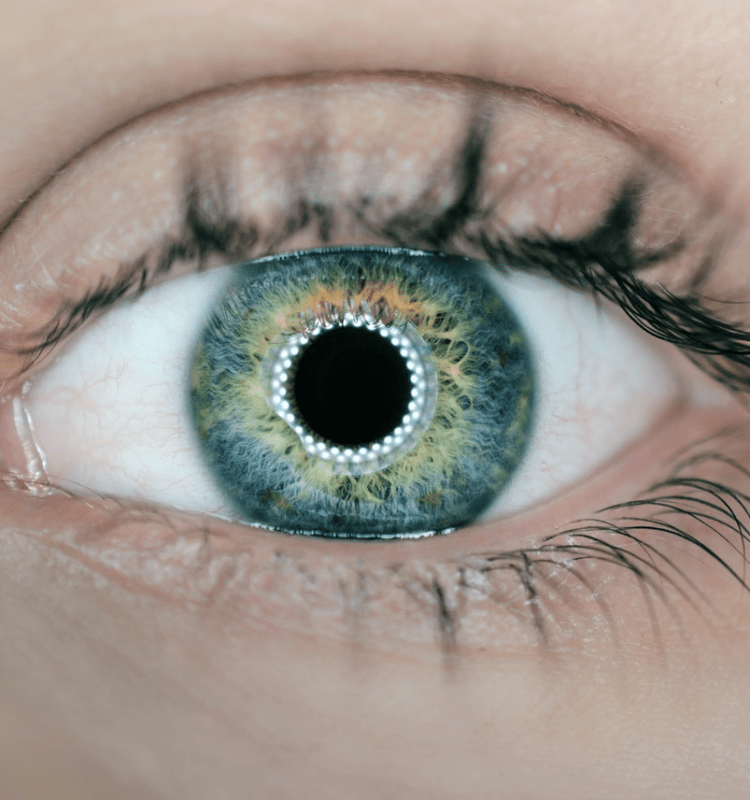EN


Research Instruments’ main customer categories are Automotive, Aviation and Aerospace Research, and Assistive Technologies. In addition, we provide Training & Education focused on the aviation and railroad industries. Our solutions are used around the world by more than 800 prestigious partners and customers, including NASA, BMW, Audi, Boeing, Airbus, Volvo Cars, GM, SmartBox, Toyo, iMotions, Universal Studios Media Lab, Johns Hopkins University, and Harvard University.
In automotive, vehicle development is a complex process, and safety is one of the critical areas that must be addressed. Eye tracking is a central part of delivering a pleasant driving experience and improving road safety. Our eye tracking solutions provide significant value to research institutes, car OEMs, and Tier 1 suppliers by providing objective and data-oriented feedback. They also help researchers extract human insight in different phases, such as design, purchase, test and drive processes, by offering information on driver gaze and visual attention.
For Aviation and Aerospace, our eye tracking technology is used in training simulators. The data provided by eye tracking can be used to evaluate cockpit design, optimize the in-flight experience for pilots, assess their performance, and assist with decision-making processes for flight instructors. In the next few years, aviation is expected to follow the automotive industry — installing eye tracking devices in cockpits to track pilots’ attention and drowsiness levels. In Aerospace, NASA has Smart Eye’s eye trackers installed in their Flight Deck Simulators as well as their Research Flight deck, where they are used to monitor pilot state and behavior.
Research Instruments also delivers eye tracking systems to customers within UX research, Psychology and Neuroscience research. By providing quick human insights, our products can help understand how users engage with products and determine what influences consumer behavior. In neuroscience and psychology research, eye tracking is a key component in the multimodal approach to gaining a deeper understanding of human interactions and experiences.
Our collaborations with component vendors, tech partners and distributors are critical for the development of our sophisticated eye tracking systems. Research Instruments’ customers are located around the world.
In 2021, we announced our collaboration with leading assistive technology provider SmartBox. By deploying our eye tracking technology in the Augmentative and Alternative Communication (AAC) device Lumin-I, Smart Eye and SmartBox are giving people with disabilities a tool to communicate without barriers and experience a more independent life. Learn more about Smart Box in this Q&A podcast.
